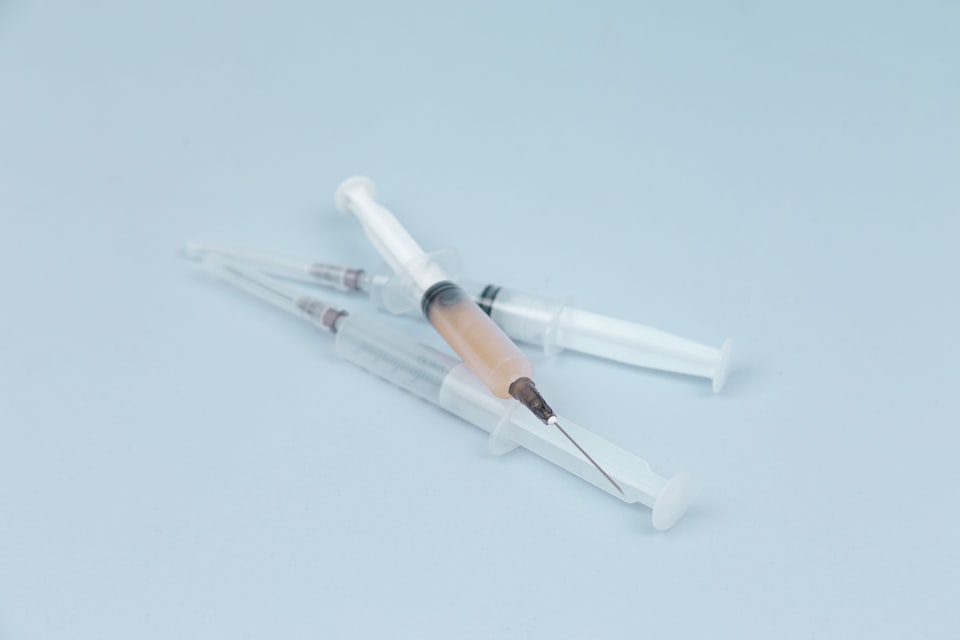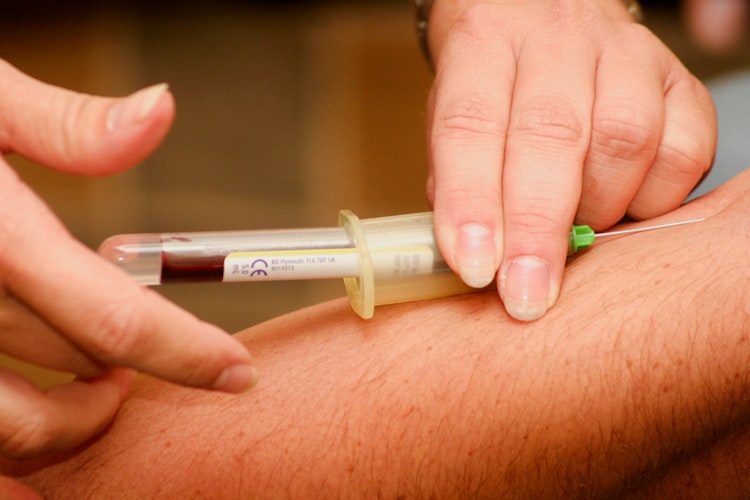Vancomycin Dosing

High-Yield Tips
- Always check Therapeutic Guidelines or your local guidelines prior to actually dosing a patient (as this information may be out of date by the time you read it)
- In patient with normal renal function:
- Loading dose = 25-30 mg/kg
- Based on actual body weight, rounded to nearest 250 mg and not to exceed 3g)
- Maintenance dose = 15-20 mg/kg
- Based on actual body weight, rounded to nearest 250 mg and not to exceed 2g)
- Concentration monitoring is required if ≥ 4 doses are to be provided
- Collect the first sample 30-60 mins prior to fourth dose
- For BD dosing, trough level should be 15-20 mg/L
- If trough level is high, reduce dose or dosing frequency or withhold the next dose. Monitor for nephrotoxicity.
- If trough level is high, increase the dose or dosing frequency.
- Repeat trough level every 3 days until levels are stable within therapeutic range and at least once weekly thereafter
- Also monitor renal function regularly
- Loading dose = 25-30 mg/kg
- In a patient with impaired renal function:
- Seek specialist advice
- Check Therapeutic Guidelines or the Australian Medicines Handbook for dosing
Introduction
Indications
Vancomycin has a few specific indications, the most common of which are:
- Treatment of serious infections caused by penicillin-resistant organisms (e.g. MRSA or MRSE) or in people with serious allergy to penicillins
- C. difficile-associated disease
Precautions
There are certain precautions to using vancomycin, including:
- Previous allergy to teicoplanin (another glycopeptide) as cross-reactivity may occur
- Inflammatory GI conditions may increase oral absorption and thus adverse effects
- Patients with renal impairment and elderly patients require dose adjustment
Adverse Effects
The key adverse effects of vancomycin are:
- Phlebitis, nephrotoxicity, neutropaenia, ototoxicity, red man syndrome
Administration
Vancomycin can be given PO or, more commonly, IV. IV is what we're focusing on in this article.
IV administration of vancomycin occurs via one of two ways:
- Intermittent infusion (most common)
- Continuous infusion
Rate of administration of vancomycin is important, as red man syndrome is a rate-dependent infusion reaction.
Note: red man syndrome, most of the time, isn't that bad → just give an anti-histamine. But if there is haemodynamic instability, call a MET call (Rapid Response).
Concentration Monitoring
There are two major serum concentration-based methods for determining maintenance dosing:
- AUC24-guided dosing
- Trough-guided dosing
In my experience, trough-guided dosing is more commonly used.
**The following dosing regimens are only applicable to patients with normal renal function.**
Dosing
Loading Dose
- Based on actual body weight
- Round to nearest 250mg
- Not to exceed 3g
Maintenance Dosing
- Based on actual body weight
- Round to nearest 250mg
- Not to exceed 2g
- Note: usually BD dosing is used over TDS, unless something is causing rapid renal clearance (e.g. burns patients or young patients with normal renal function)
Concentration Monitoring & Intermittent Dosing
Concentration monitoring is required when treatment lasts > 48h (to avoid under-dosing or over-dosing).
For twice daily dosing, trough level should be 15–20 mg/L (take first sample just before the fourth dose within 30-60 minutes prior to infusion).
For ongoing dosing, use maintenance dose as above.
It's important to repeat trough level every 3 days until levels are stable within therapeutic range and at least once weekly thereafter.
Additionally, monitor creatinine every day for the first 2-3 days of therapy, even if normal.
FAQs
- What do I do if the trough level is high?
Reduce the dose or dosing frequency or withhold the dose. Monitor for nephrotoxicity. - What if trough level is low?
Increase the dose or dosing frequency.
Resources
- AMH: Vancomycin
- UpToDate: Vancomycin: Parenteral dosing, monitoring, and adverse effects in adults
- SA Health: Vancomycin Dosing and Monitoring in Adults Clinical Guideline





